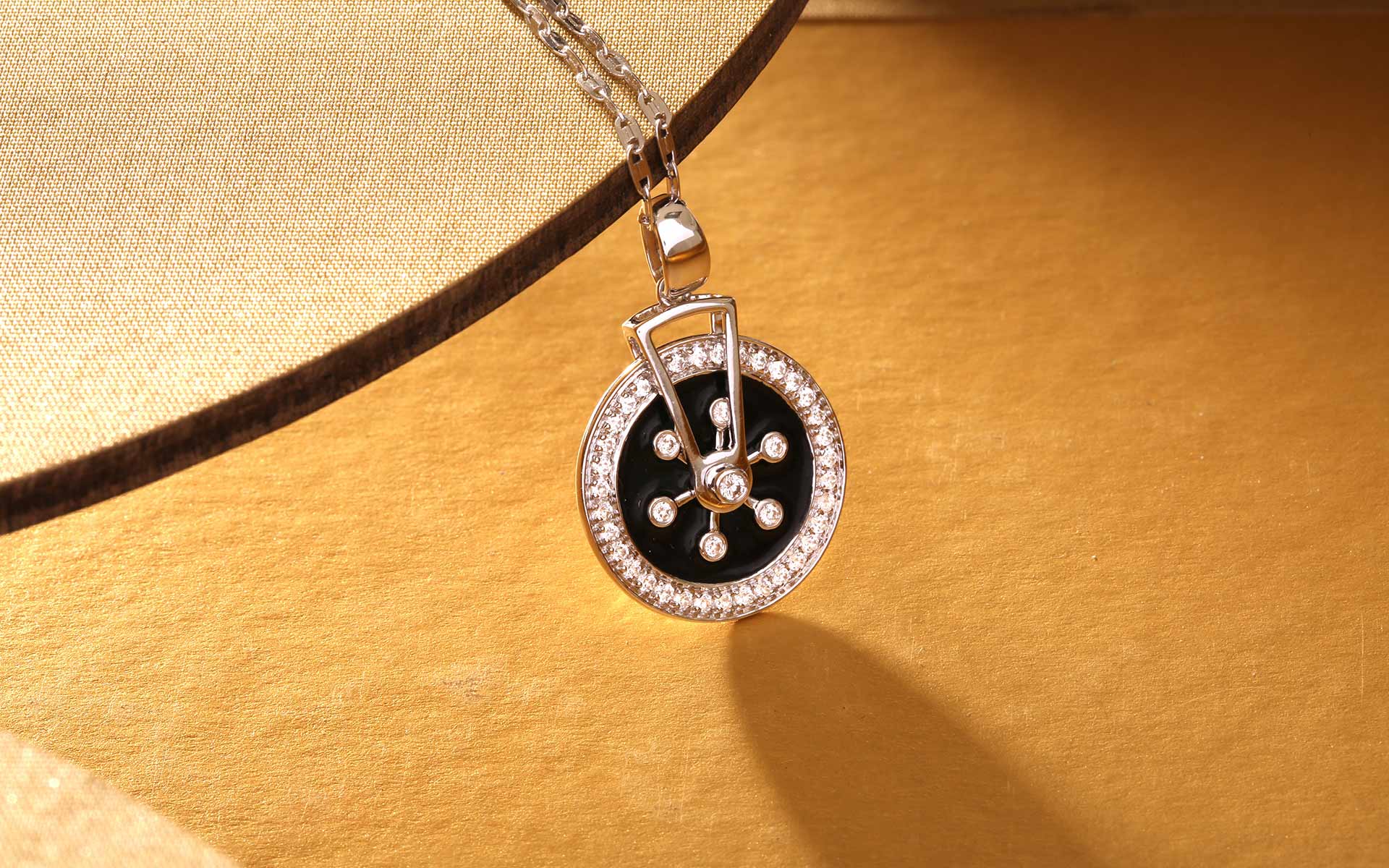Having improved its creditworthiness before and during the pandemic, the industry is learning to rely less on its lenders.
In both financial and diamond industry terms, 2017 seems like an eternity ago. Bankers at the Dubai Diamond Conference in October of that year gave a stark warning to the diamond sector: The trade is over-financed, insufficiently transparent, not profitable enough, and altogether too risky. This was their unanimous observation, to the discomfort of the audience.
With bank credit amounting to an estimated $13 billion at the time, lenders claimed the industry could function sufficiently on just $8 billion. Bankers were already reducing their exposure to the tradeu2019s risks, and many had closed their diamond units altogether.
Today, bank credit has reached that $8 billion level, according to estimates from Bain & Company (see graph). Meanwhile, the diamond industry appears to have enhanced its stature among lenders. In an unexpected twist, the midstream radically improved its liquidity position during the challenging pandemic period.
u201cWeu2019re seeing that our clients had much better profitability in 2020 than 2019,u201d reports Davy Blommaert, head of diamond lending at the Dubai-based National Bank of Fujairah (NBF). Because supply was limited, he explains, diamond value went up during the pandemic, whereas 2019 was a tough year that saw an excess of polished on the market.
